About Anxi Ti Kwan Yin Sour (Tieguanyin)
Our Sour-Style Tieguanyin is an uncommon and polarising type of Tieguanyin; it is either loved or hated! The production methods dehydrate the tea leaves to a water content of only 20-30%; the final dry tea leaves smell very sour, but the sourness is only very light in the taste. The main difference in production is in the shaking time: the leaves are shaken much less for Sour-Style Tieguanyin. Instead, the tea leaves are left to sit for a long time. Fixation waits until the morning of the next day when the grass scent has totally disappeared and been replaced by the sour aroma.
This style of Tieguanyin was actually invented by accident when a hot, rainy day made some tea growers feel too dizzy and short of breath to fire the tea, which was just left to sit. The next day, they found the tea had already turned sour. However, they sold it nonetheless and it proved very popular. Since then, tea growers have made this style of Tieguanyin on purpose.





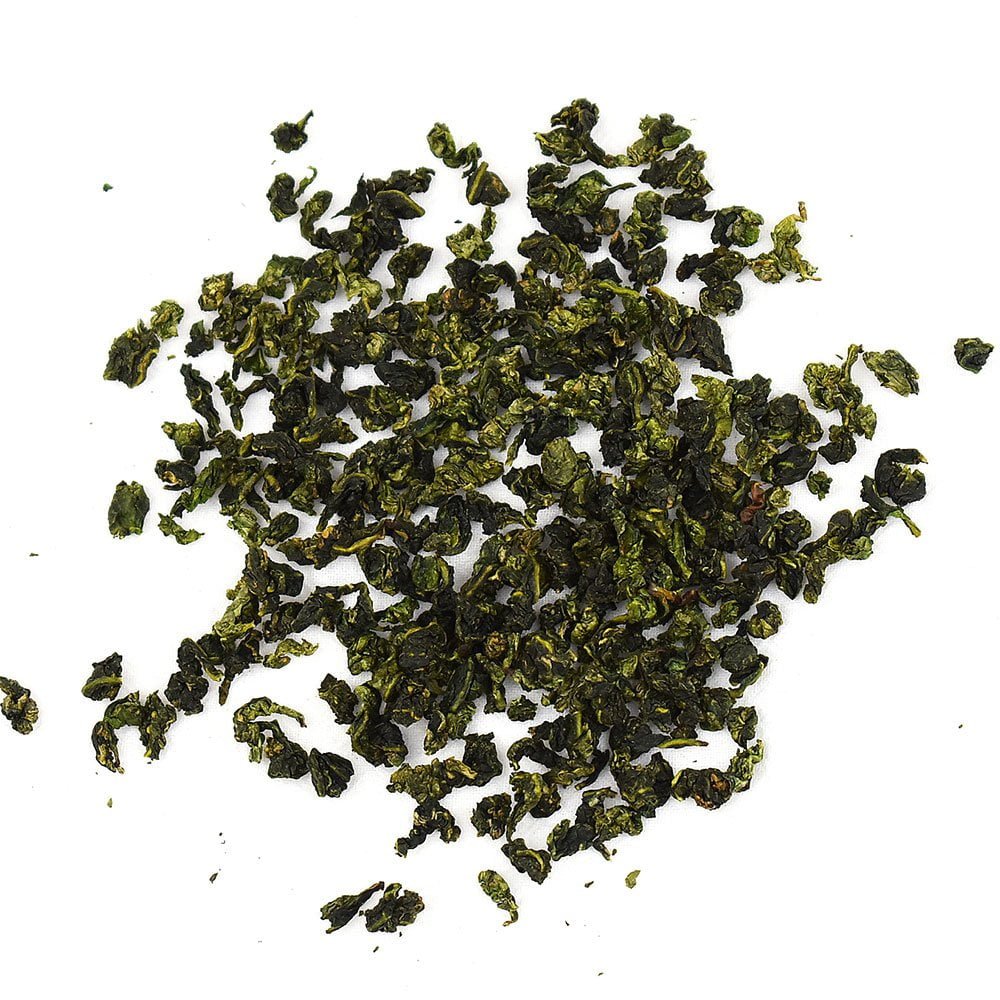
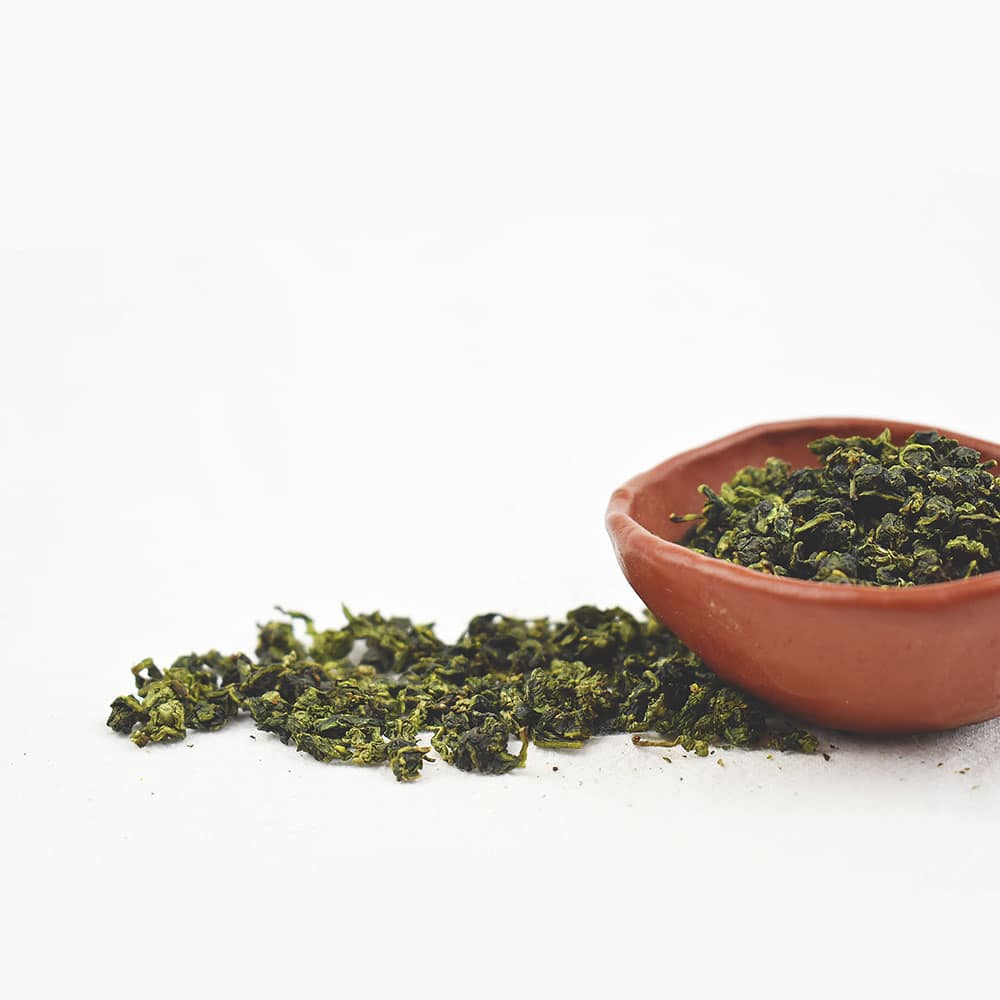
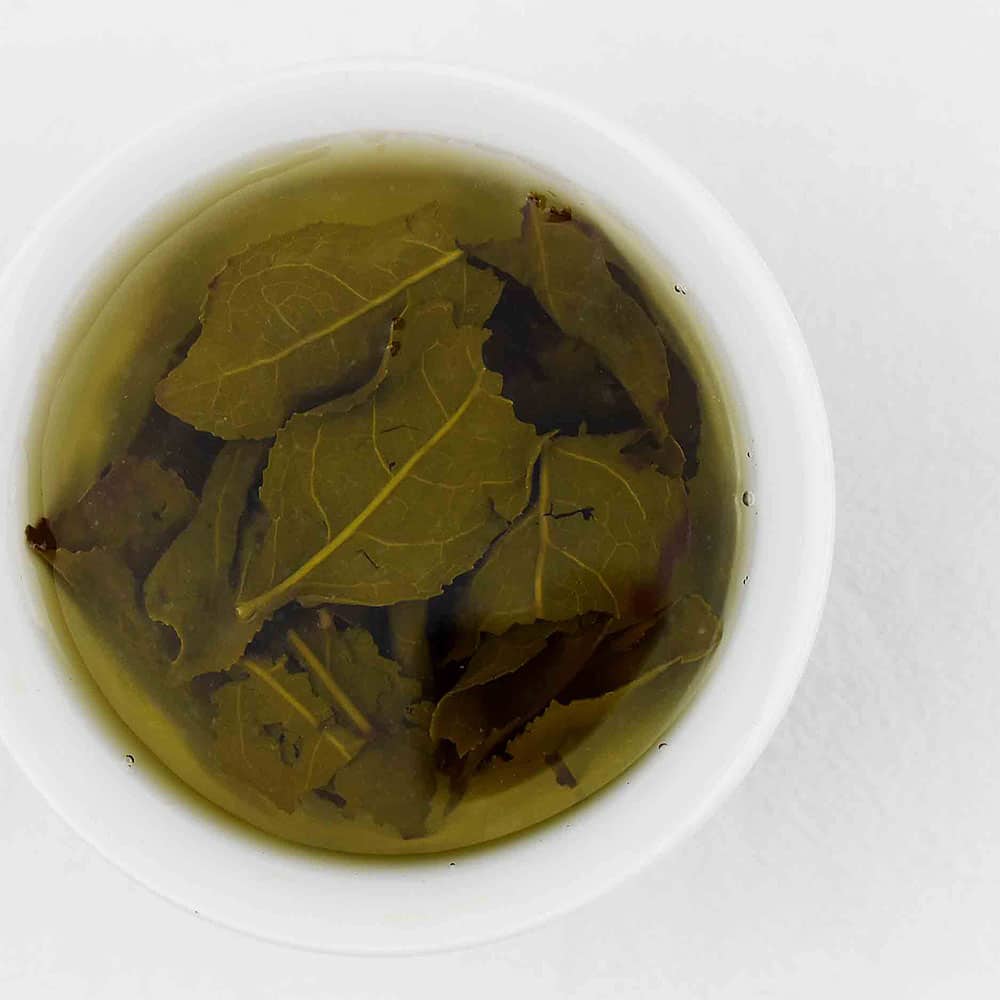
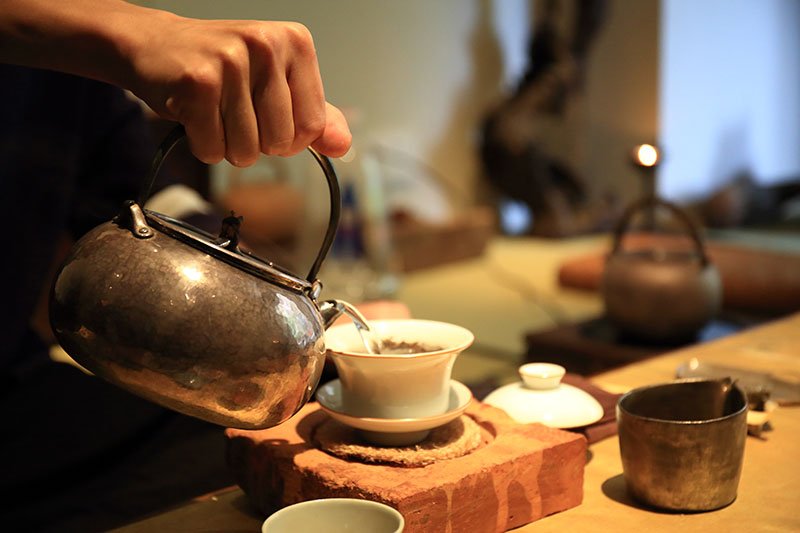

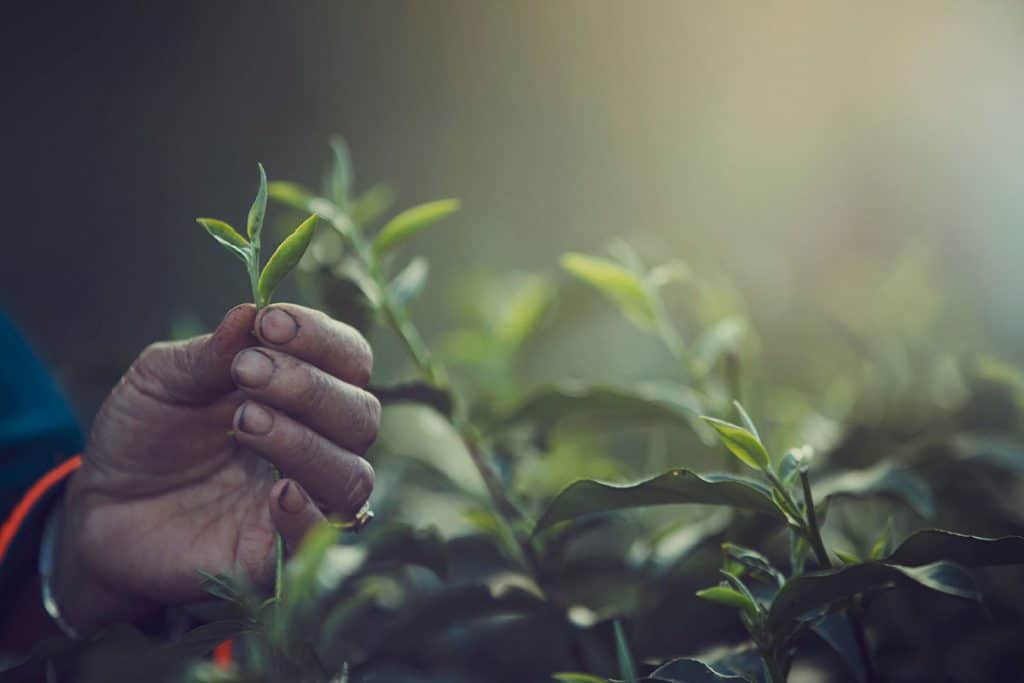
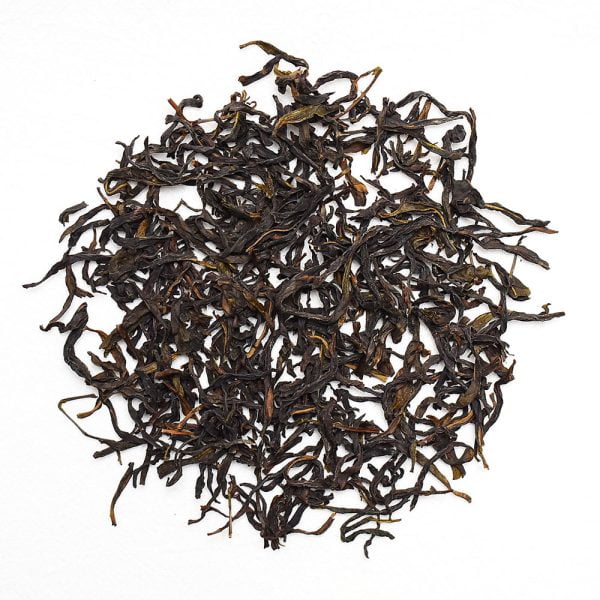
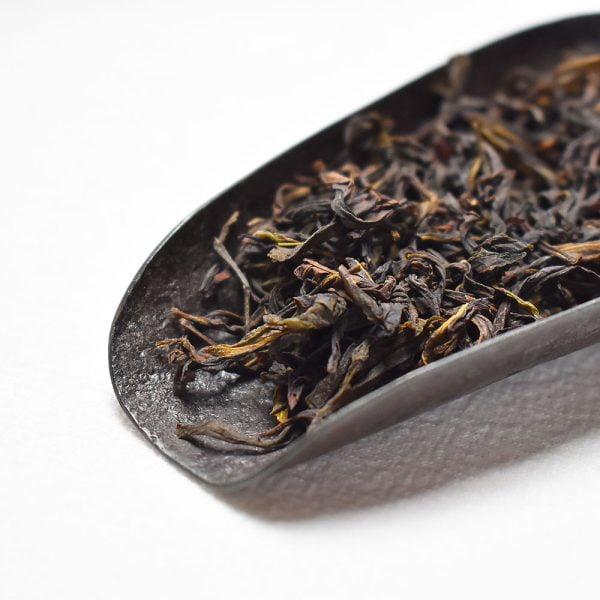
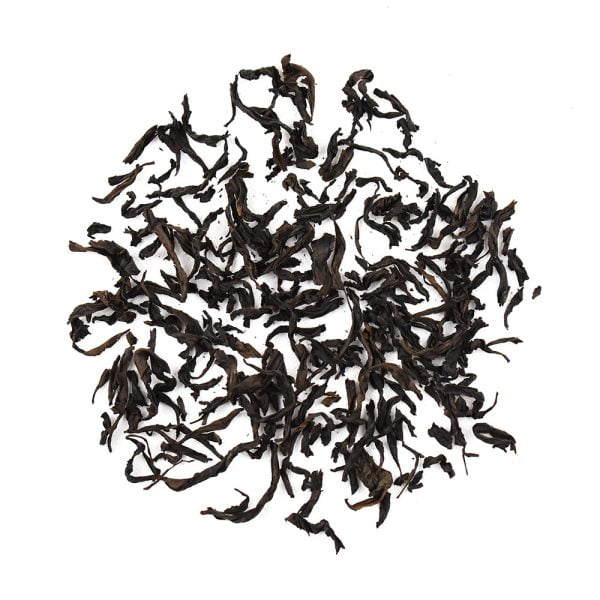
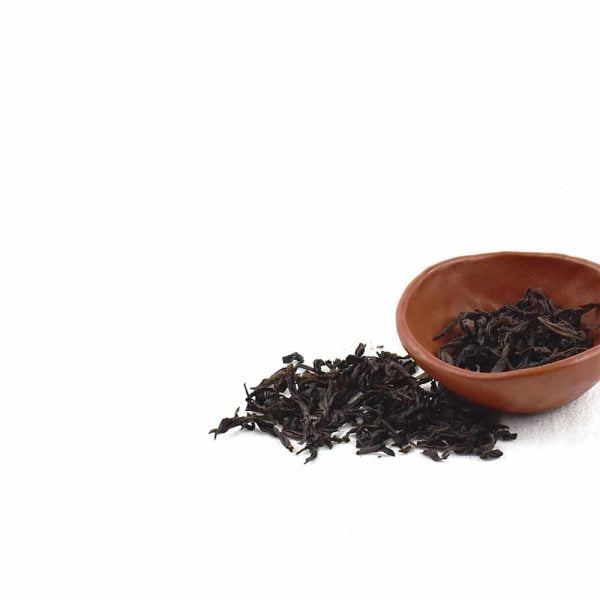
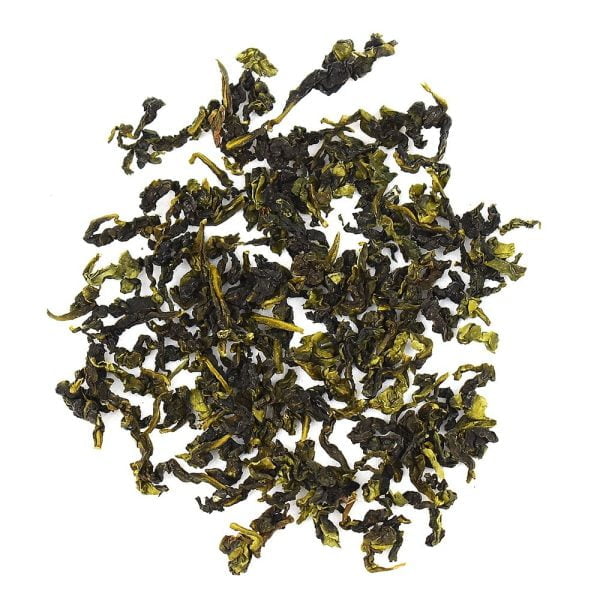
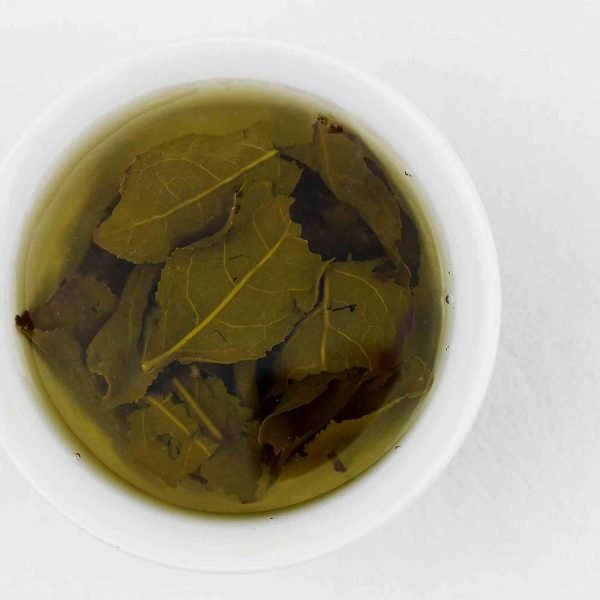
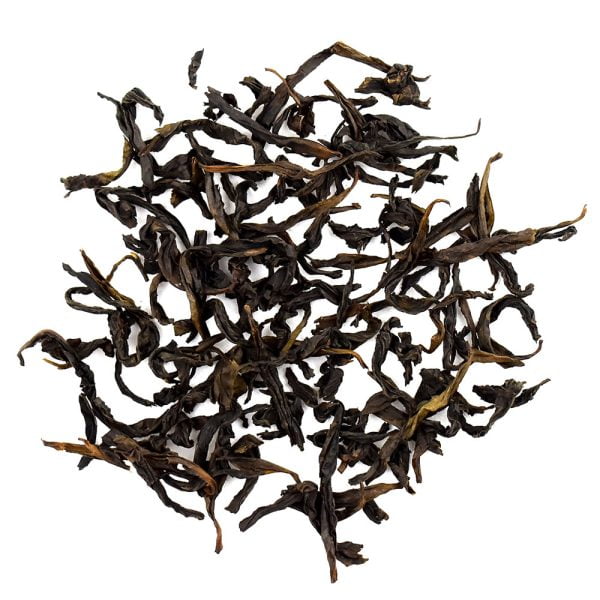
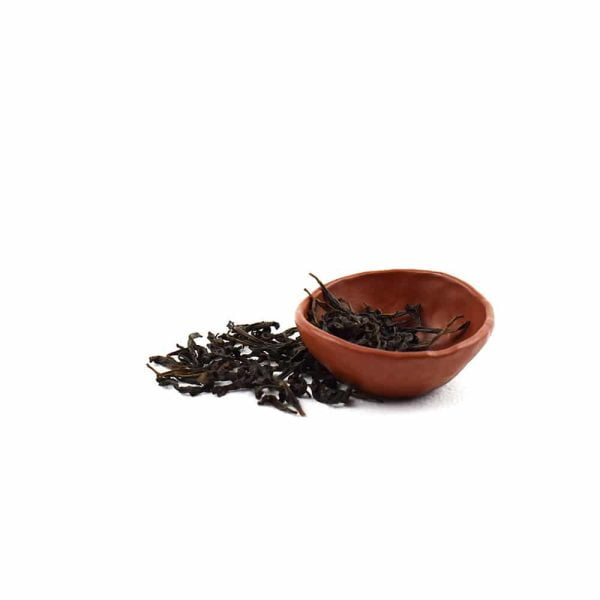
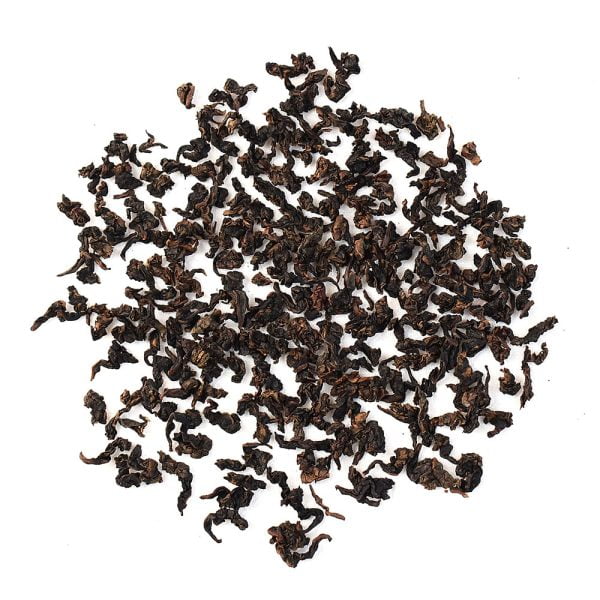
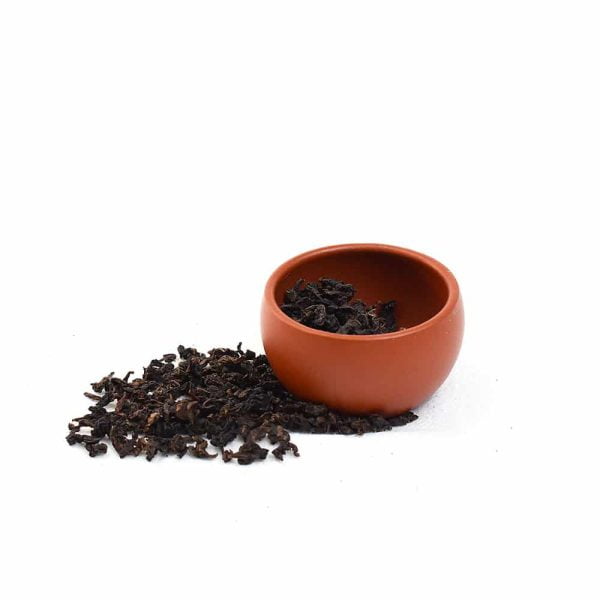
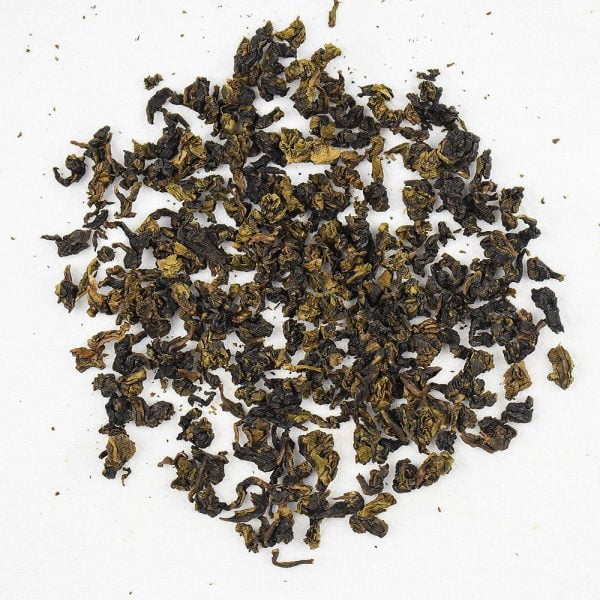
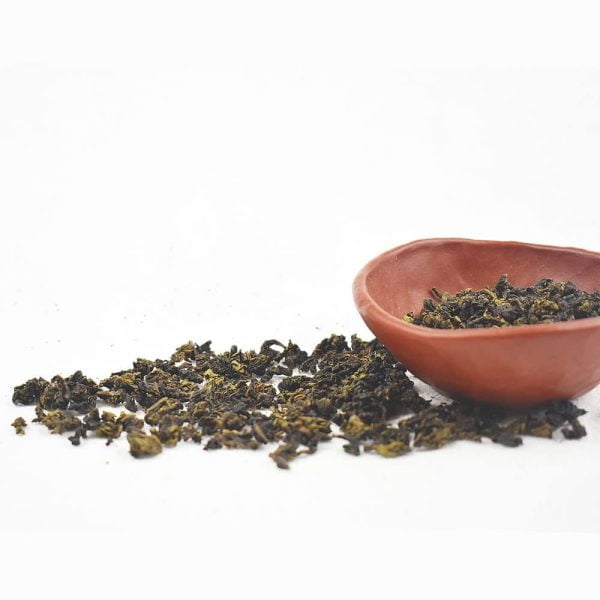
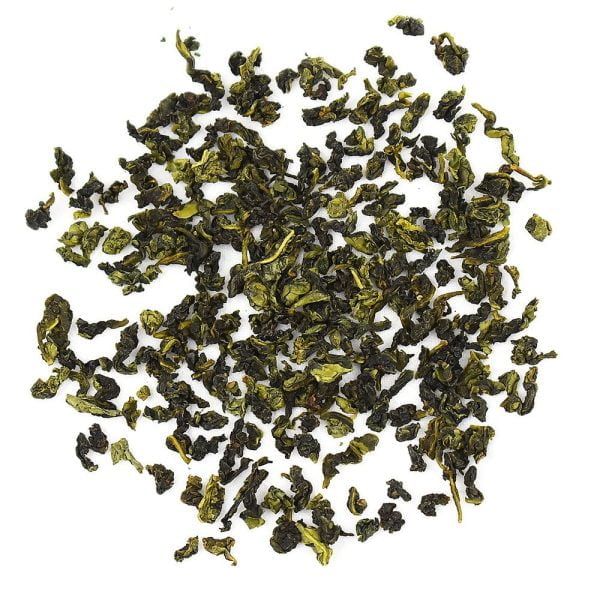
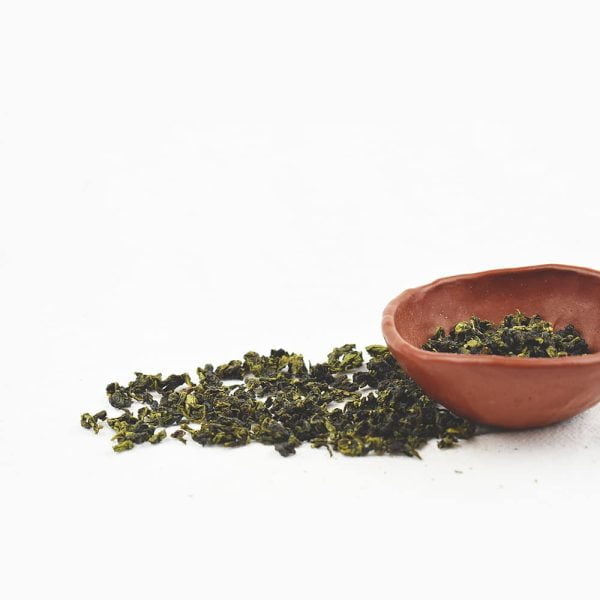
Alicia T. –
Excellent aroma and wonderfully subtle flavour. The tea has delicate undercurrents of sourness. Recommended to anyone who likes a special taste.
Gabrielle S. –
I’m an adventurous person so I decided to give this unusual tea a try, and I’m so glad I did! This tea really clears the palate and is perfect served with a meal, where the subtle sourness really makes the food shine!
David W. –
This tea looks like little buds of green leaves, but don’t let the quaint appearance fool you, this tea is strong in complex sweet and sour flavours.